Stockings, Tunics and Gowns: Renaissance Fashion in Art
The great flourishing of arts and culture that took place during the European Renaissance inevitably made its way into the realms of fashion and textiles, shaping and informing the way people across Europe would dress for centuries to come. But with few surviving artefacts of clothing from this era, art has much to tell us about the way people adorned themselves, even if the artworks were often staged to present people at their very best. In this first article on dressing in the Renaissance, we examine how certain works of art revealed the types of clothing men and women wore during the Early Renaissance period, and how closely it was tied to socio-economic status.
As European society shifted from the Middle Ages to the Early Renaissance, gradual, but significant changes took place in how people dressed. Italy was the leading epicentre of sartorial breakthroughs during the 15th century, particularly Florence, where developments in fabric manufacture and the opening of trade routes meant greater access to a whole range of new fabrics, technical skills and dyeing processes, and we see through Renaissance artworks how an explosion of colour appeared in the clothing of both men and women, most notably in the upper classes.
Andrea Mantegna’s fresco Ludovica Gonzaga and His Family and Court, 1465 – 74, painted on the north wall of the Camera degli Sposi in the north tower of the Castel San Giorgio in Mantua, shows how men were expected to dress in the Italian court. The clustered men on the right side of the image all wear high necked, short, belted tunics, with above the knee hemlines exposing their colourful hose, which would have been made from dyed wool. Underneath these tunics men wore a linen chemise or undershirt, while the tunics themselves, particularly in the colder months, would be made from luxurious fabrics such as velvet and silk, in browns or blacks. We see a group of men on the far left in two tone red and white hose, which denotes their status as servants. As the Renaissance developed, courtly men’s hemlines grew shorter and shorter to showcase stockinged legs, leading to the development of the codpiece for modesty.
In Sandro Botticelli’s Adoration of the Magi, 1475, we see some men dressed in similar attire, with short tunics and colourful hose made in luxurious, richly textured fabrics, while others are drenched in long, belted houppelandes, or outer garments, which reach all the way to the floor. Meanwhile, in Fra Angelico’s frescoes on the north wall of the Capella Niccolina, at the Palazzi Pontifici in the Vatican, made between 1447/49, we see how workmen would have dressed, in simpler, less colourful attire, made from more rustic and hardwearing fabrics such as burlap and course linen.
As one might expect, women had much greater freedom for experimentation with dress, particularly in the upper classes. Fra Filippo Lippi’s Portrait of a Woman, 1445, demonstrates the typical fashion for young ladies during the Early Italian Renaissance. We see how she is dressed in somewhat bulky, layered clothing, most likely wearing a linen chemise, or camicia next to the skin, which is layered over with a heavy gown, known as gonna, gonnella, or cotta, sottana, gamurra. Her dress typifies the style of the day, with its bright jewel tone, under the bust pleating and high, belted waistline. Long sleeves which taper dramatically outwards, as seen here, denoted a woman’s upper-class status, as the extra swathes of fabric would have hindered manual labour.
In Domenico Ghirlandaio’s The Visitation, 1486-90, at the Capella Tornabuoni, Santa Maria Novella in Florence, women are dressed in a range of varying attire. Some wear long, draping houpelandes in a range of vividly hued tones, showcasing how sophisticated Renaissance fabric dyeing had become. Meanwhile, Giovanna Albizzi-Tornabuoni, the daughter in law of the donor who commissioned the artwork, is adorned in a magnificent shimmering golden gown, embellished with passages of embroidery, pearls and stones, and her standout attire denotes how important the right clothing was for demonstrating high social status, in both art, and life.
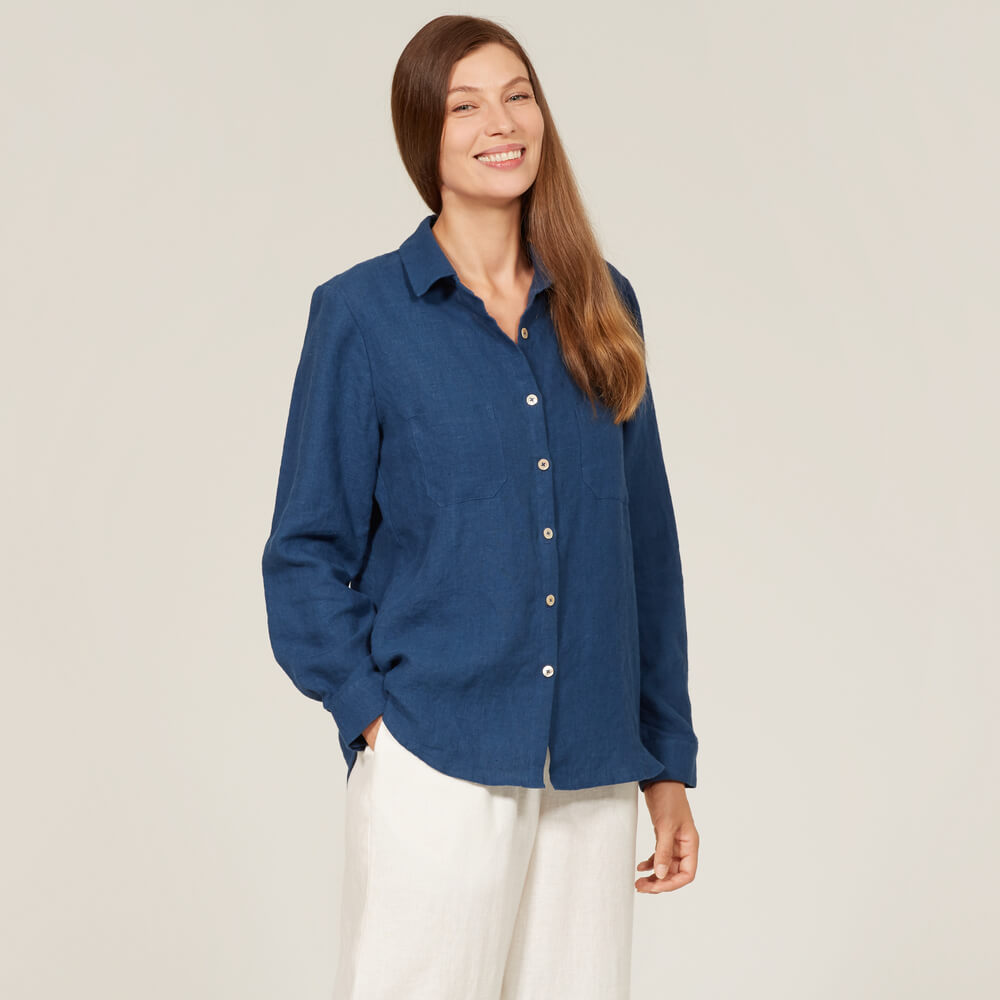

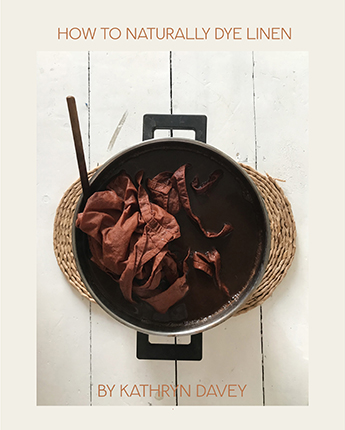
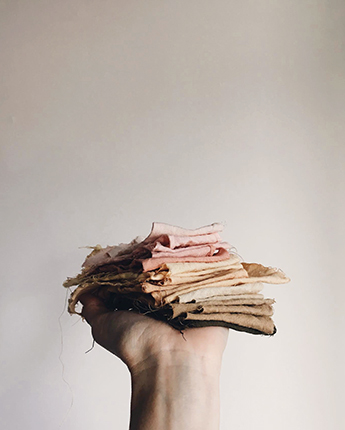







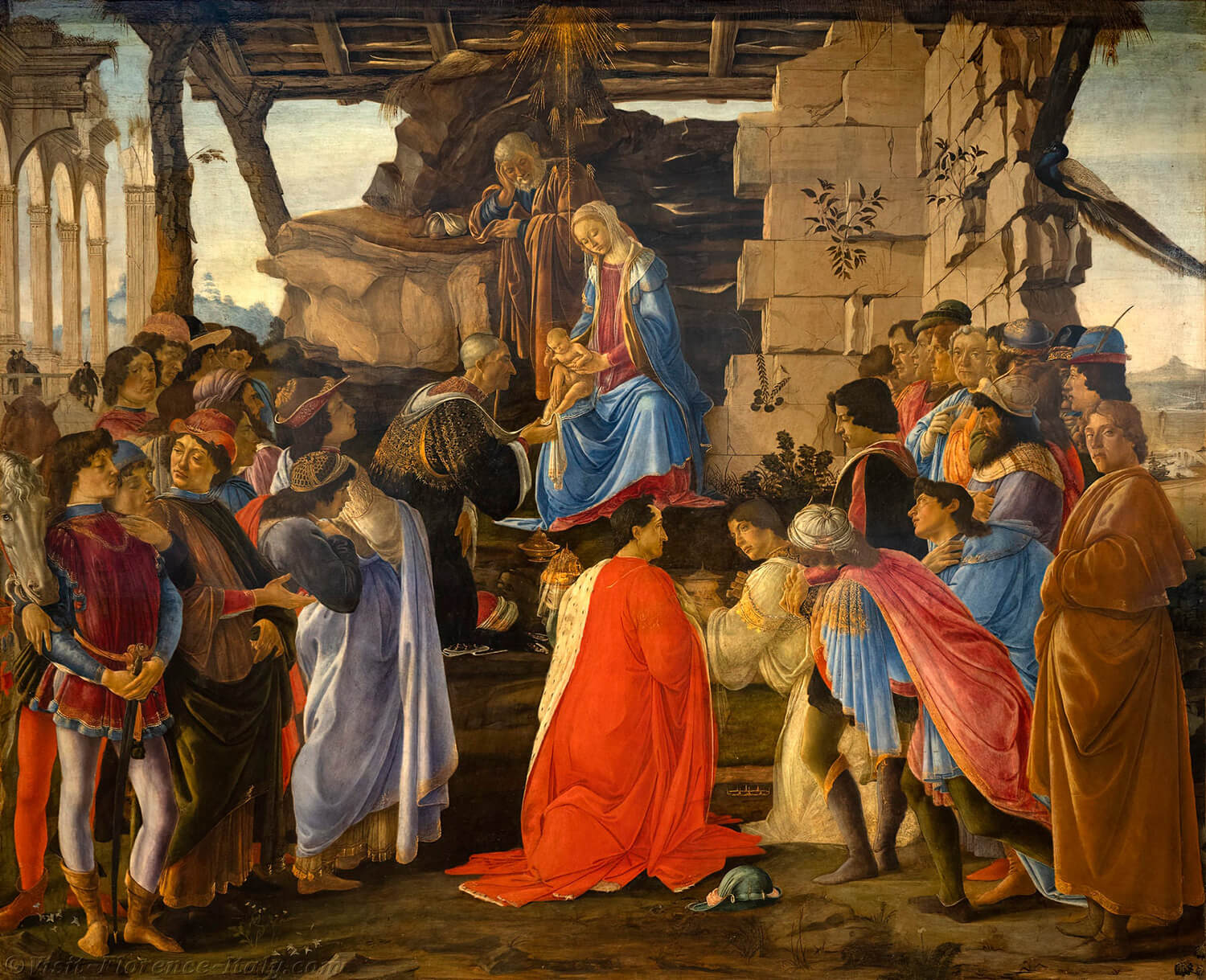


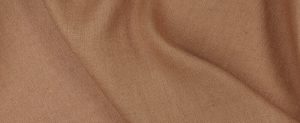
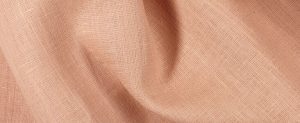

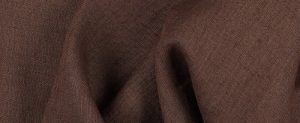
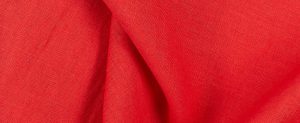


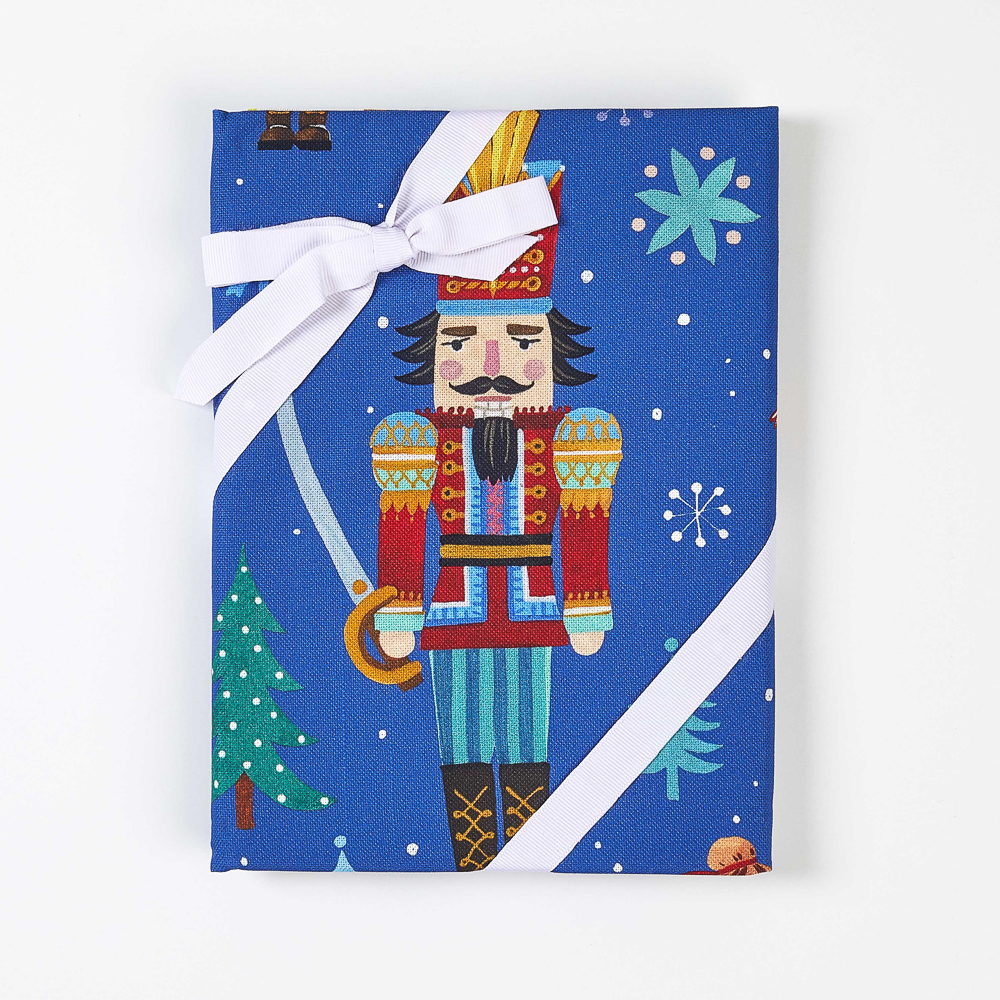

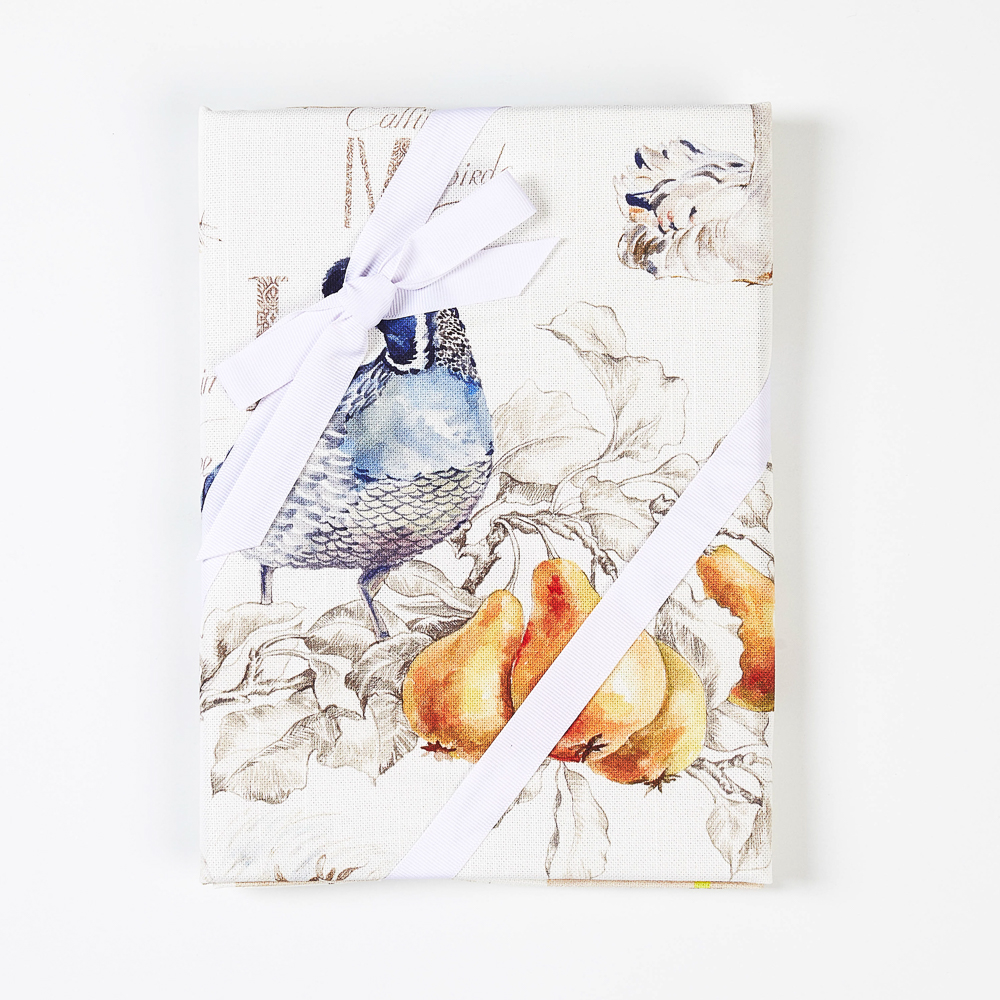
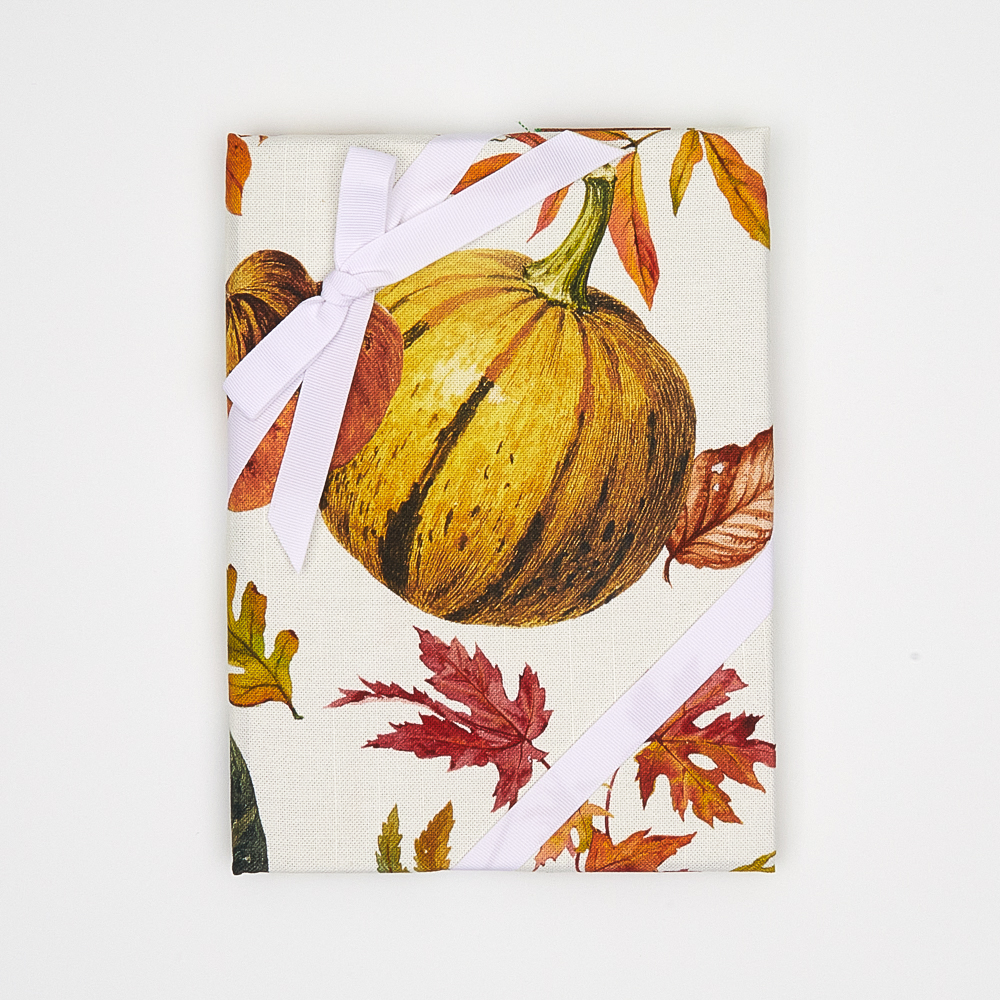
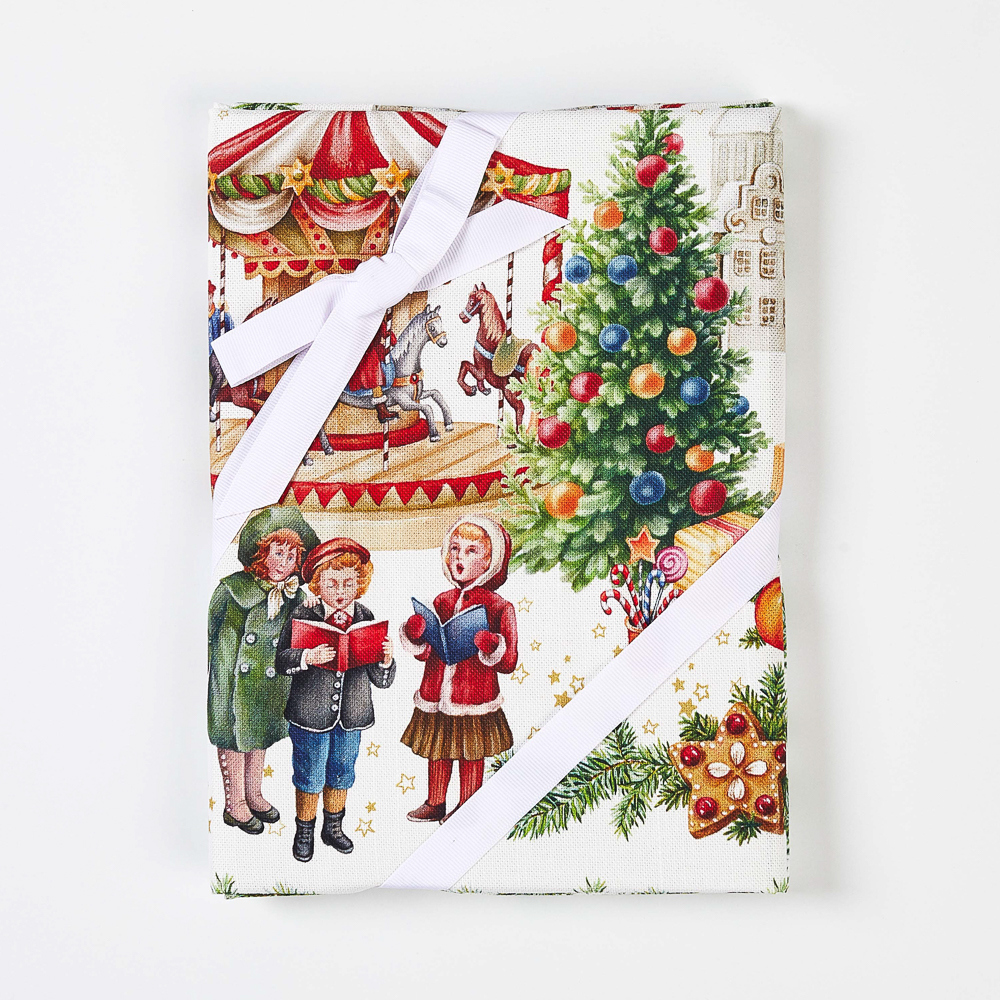





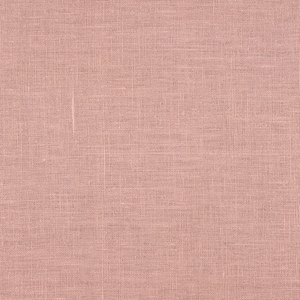

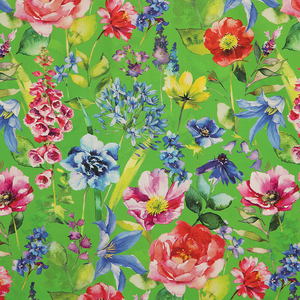
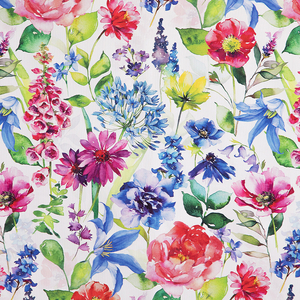
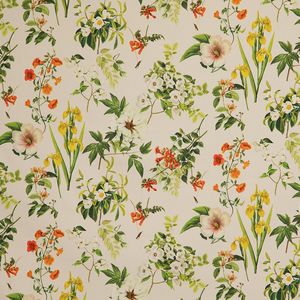
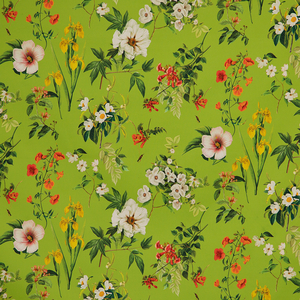
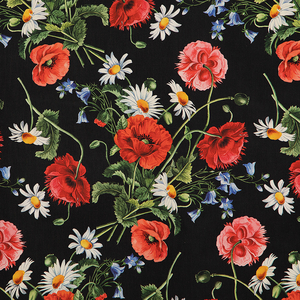
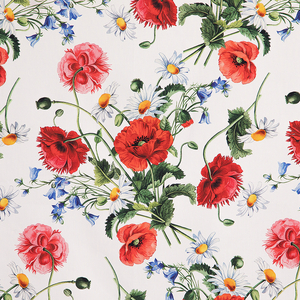
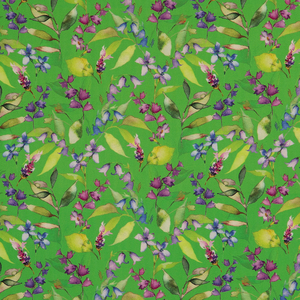
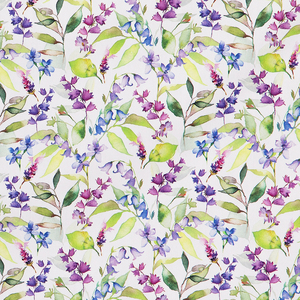
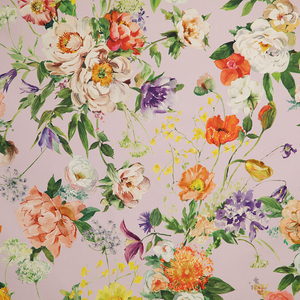
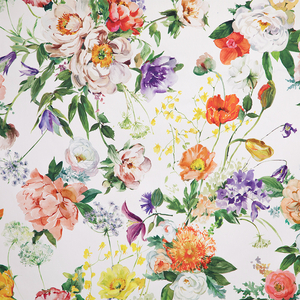




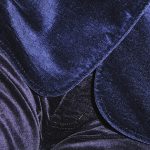
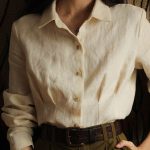
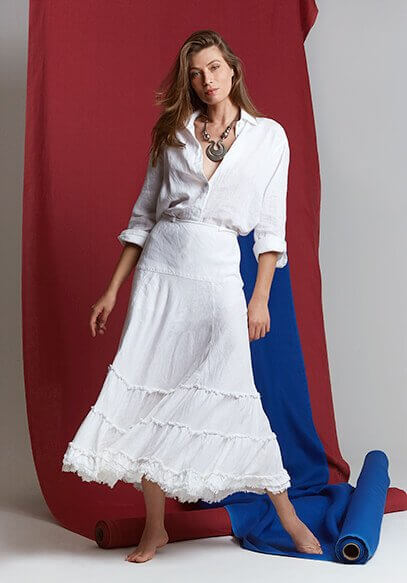
One Comment
Kate Renwick
Fashion is fashion! What strikes me is the amount of work goes into a garment like that, even now with modern equipment. I’m old enough to remember wearing cotton ankle socks and soon as they were pulled on, they were wrinkly around the ankle, no stretch. Those tights must have wrinkled too!
Another lovely article from you.